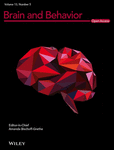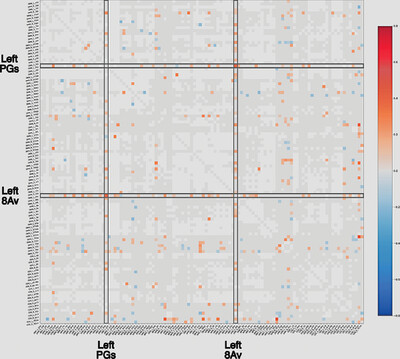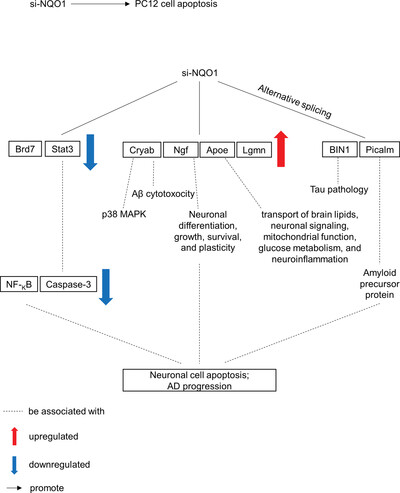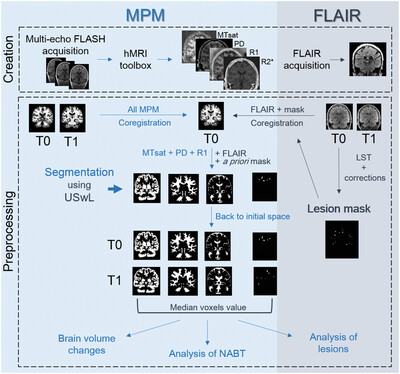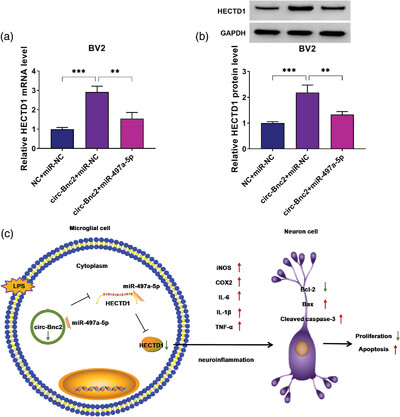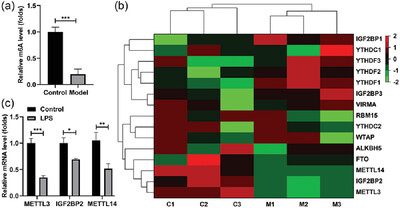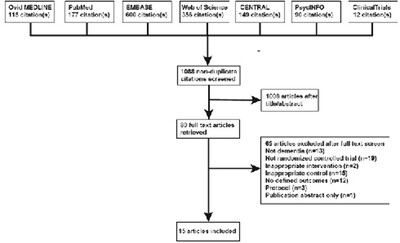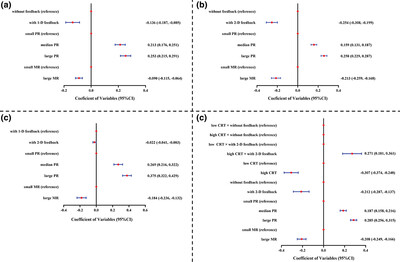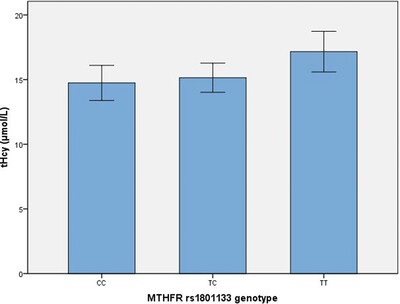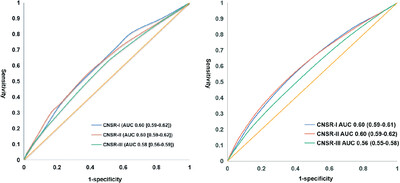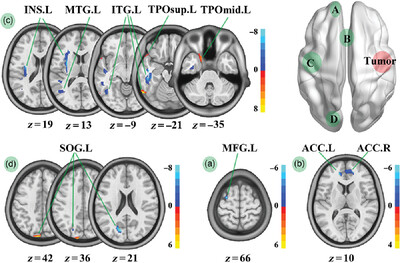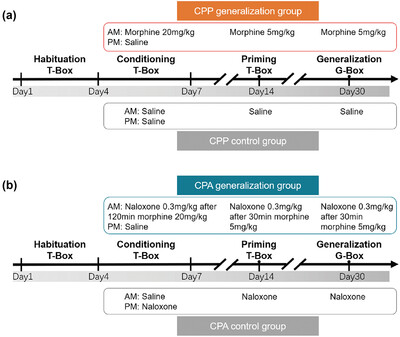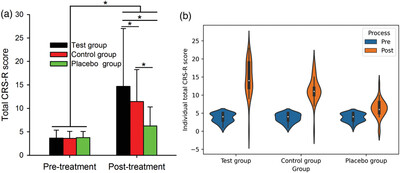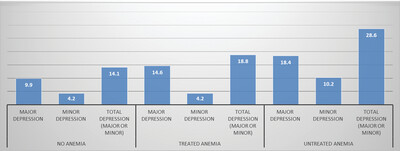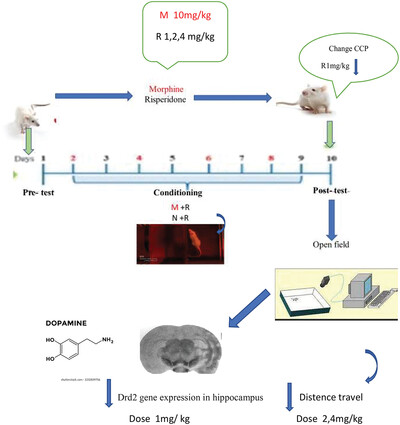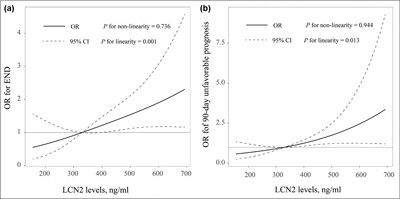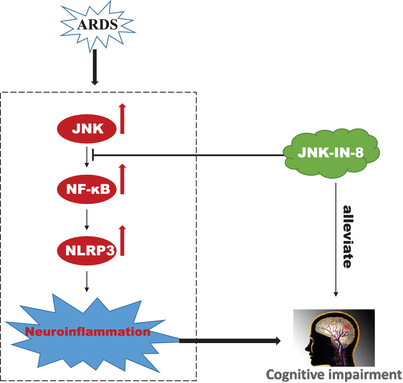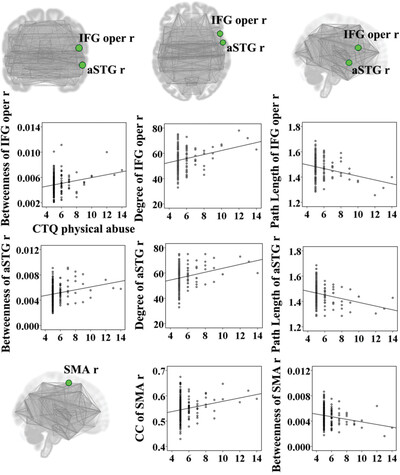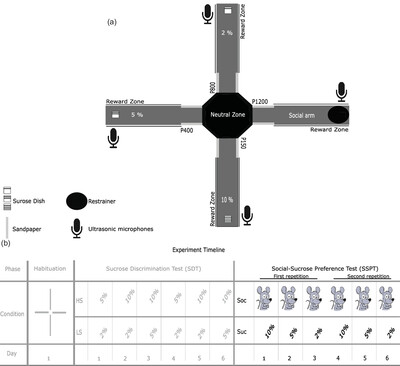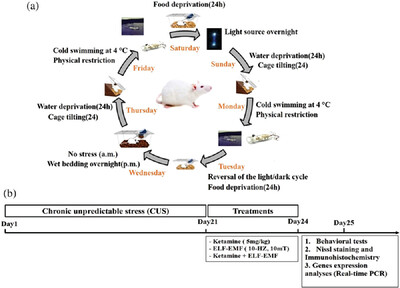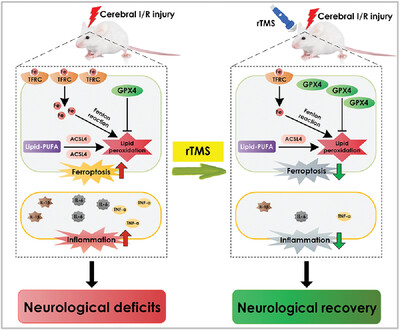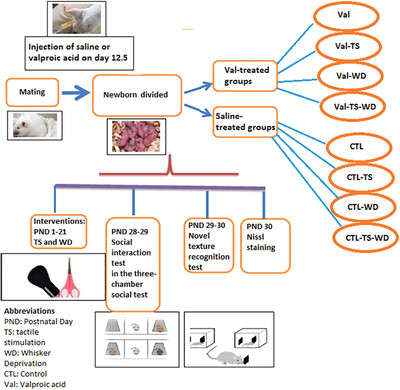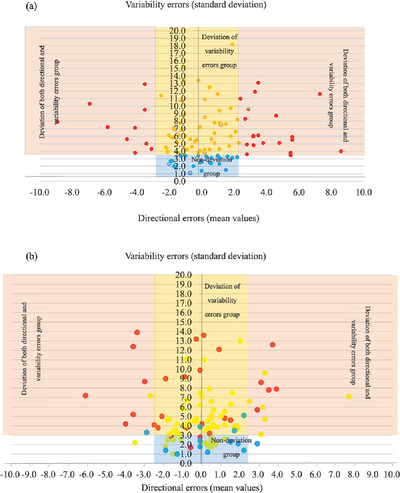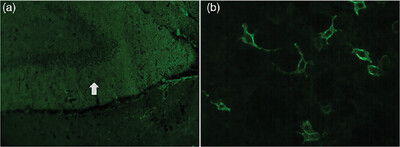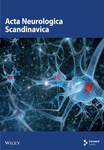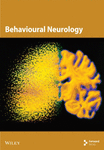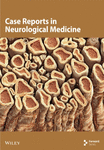Journal list menu
Export Citations
Download PDFs
ISSUE INFORMATION
ORIGINAL ARTICLES
Heritability of human “directed” functional connectome
- First Published: 29 March 2023
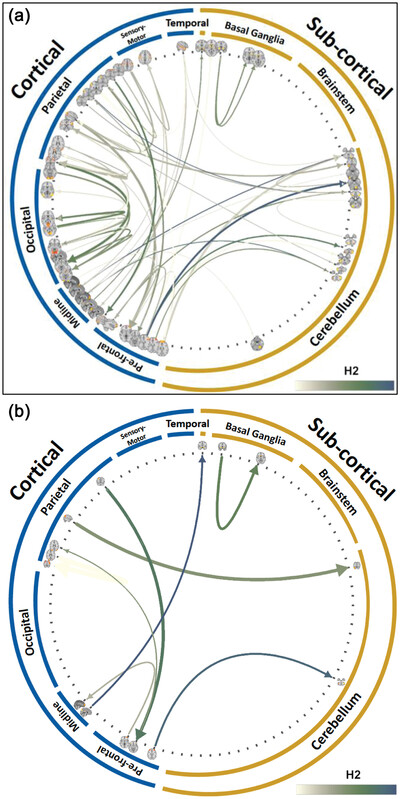
We investigated the heritability of ‘directed’ functional connections using a state-space formulation of Granger causality on resting-state functional magnetic resonance imaging data from the Human Connectome Project. The parieto-cerebellar, parieto-prefrontal, and posterior-cingulate to hippocampus connections showed the highest and most replicable heritability effects with little influence by the shared environment. In contrast, shared environmental factors significantly affected the visuo-parietal and sensory-motor directed connectivity.
We suggest a robust role of heritability in influencing the function of some cortico-subcortical circuits consistently implicated in cognition.
An agile, data-driven approach for target selection in rTMS therapy for anxiety symptoms: Proof of concept and preliminary data for two novel targets
- First Published: 22 March 2023
NQO1 regulates expression and alternative splicing of apoptotic genes associated with Alzheimer's disease in PC12 cells
- First Published: 31 March 2023
Using quantitative magnetic resonance imaging to track cerebral alterations in multiple sclerosis brain: A longitudinal study
- First Published: 20 April 2023
Circ-Bnc2 alleviates neuroinflammation in LPS-stimulated microglial cells to inhibit neuron cell apoptosis through regulating miR-497a-5p/HECTD1 axis
- First Published: 24 March 2023
METTL3 relieved the injury of SH-SY5Y cells treated with lipopolysaccharide and exposed to sevoflurane through regulating the m6A levels of Sox2
- First Published: 28 March 2023
Impact of long-term management with sleep medications on blood pressure: An Australian national study
- First Published: 03 April 2023
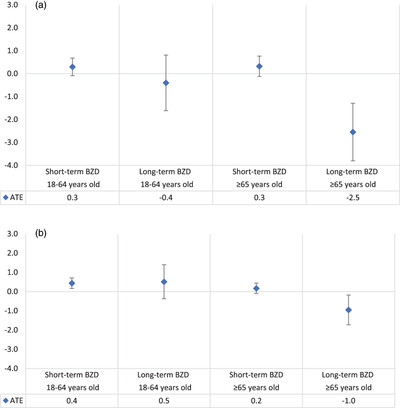
- There was a strong BP-lowering effect associated with long-term management with BZD among older patients (65+ years), with 2.5 mmHg reduction in the mean SBP and 1.0 mmHg reduction in the mean DBP, compared with those not managed with BZD.
- The average effect of short-term BZD management on BP in this age group was tenuous.
- Our findings add evidence to current recommendations about the cautious use of long-term BZD among older patients, as their BP-lowering effect can further increase the risk of dizziness and falls in this vulnerable population.
REVIEWS
Phototherapy improves cognitive function in dementia: A systematic review and meta-analysis
- First Published: 05 April 2023
ORIGINAL ARTICLES
Risk aversion in risk-taking tasks: Combined effects of feedback attributes and cognitive reflection ability
- First Published: 22 March 2023
Methylenetetrahydrofolate reductase polymorphisms and elevated plasma homocysteine levels in small vessel disease
- First Published: 28 March 2023
Thirteen-year trends in risk scores predictive values for subsequent stroke in patients with acute ischemic event
- First Published: 28 March 2023
A study of post-traumatic stress disorder in schizophrenic patients 35 years after experiencing the Tangshan earthquake
- First Published: 17 April 2023
Study on clinical characteristics of event-related potential P300 in elderly schizophrenics and associated risk factors
- First Published: 10 April 2023
DATA ARTICLES
Structural alterations of the salience network in patients with insular glioma
- First Published: 28 March 2023
METHOD
A morphine reward generalization mouse model based on conditioned place preference and aversion
- First Published: 30 March 2023
ORIGINAL ARTICLES
Effect of high-frequency repetitive transcranial magnetic stimulation over M1 for consciousness recovery after traumatic brain injury
- First Published: 28 March 2023
The association between anemia and depression in older adults and the role of treating anemia
- First Published: 23 March 2023
Associations of deep medullary veins with vascular risk factors, laboratory indicators, and cerebral small vessel disease: A population-based study
- First Published: 09 April 2023
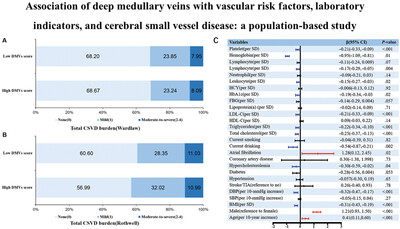
Among 1909 community-dwelling participants, DMV scores wererelated to age, male sex, body mass index, diastolic blood pressure, hypercholesterolaemia, atrial fibrillation, current drinking, total cholesterol, triglycerides, low-density lipoprotein, hemoglobin A1c, leukocytes, lymphocytes, hemoglobin, and platelets (p < .05). DMV scores wereassociated with the presence and total burden of CSVD (Rothwell's scale), modified white matter hyperintensity burden, and enlarged perivascular spaces in centrum semiovale (p < .05). However, these associations between DMV scores and CSVD disappeared after adjusting for potential confounders.
Effect of risperidone on morphine-induced conditioned place preference and dopamine receptor D2 gene expression in male rat hippocampus
- First Published: 11 April 2023
Early arrival did not ensure the early acquisition of intravenous thrombosis for acute ischemic stroke during the COVID-19 pandemic
- First Published: 27 March 2023
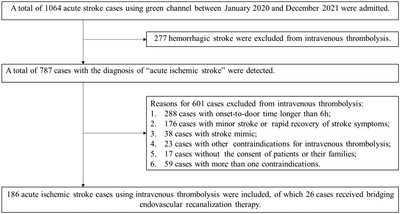
1. Time delay due to deadline effect could have occurred in 17.2% (32/186) cases of the study, which made early arrival did not ensure early acquisition of intravenous thrombosis. 2. Behavioral and occupational factors in stroke physicians played an important role in time delay of deadline effect in intravenous thrombosis for acute stroke. 3. There was a speed-safety tradeoff between integrating more information for potential improved safety and faster response time based on information already collected under urgent time pressure of decision making for intravenous thrombosis.
Gambling on an empty stomach: Hunger modulates preferences for learned but not described risks
- First Published: 05 April 2023

Our findings are the first account of how hunger differentially modulates decision-making for experienced and described risks in the same individual. We complement existing results and provide a precise index of preference change, with a formal computational model of how it might arise. This framework may be widely applicable to states of biological need, and reflect a new axis in the neurochemical and affective control of cognition.
Circulating lipocalin-2 as a novel biomarker for early neurological deterioration and unfavorable prognosis after acute ischemic stroke
- First Published: 27 March 2023
JNK-IN-8 treatment improves ARDS-induced cognitive impairment by inhibiting JNK/NF-κB-mediated NLRP3 inflammasome
- First Published: 29 March 2023
Long-term effects of childhood trauma subtypes on adult brain function
- First Published: 27 March 2023
Analysis of antiplatelet therapy adherence in patients with ischemic cerebral stroke
- First Published: 16 April 2023
Analysis of urgent inpatient neurologic consultations in a large tertiary hospital center: Follow-up on the effect of standardized training of residents
- First Published: 27 March 2023
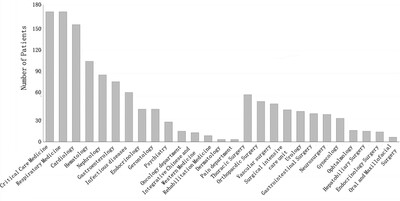
Urgent inpatient neurologic consultations involve multidisciplinary critical diseases, mainly neurological diseases. The standardized training of residents may help to rapidly improve the comprehensive diagnosis and treatment ability of young residents, and is suitable for use in hospitals at all levels.
50-kHz ultrasonic vocalizations do not signal social anhedonia in transgenic DISC1 rats
- First Published: 05 April 2023
REVIEWS
HMGB1, angel or devil, in ischemic stroke
- First Published: 16 April 2023
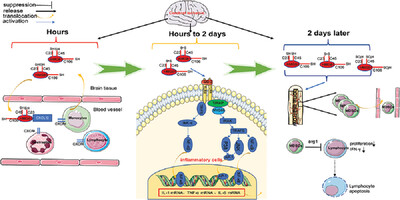
The topic combines one of the most death-causing pathological condition with the reference DAMP protein, HMGB1, that has crucial roles in the pathophysiology of many inflammation-related diseases. In this reviews,we explained its effect on different subtypes of cerebral infarction and its key mechanism based on the Spatiotemporal dynamics and Modifications of HMGB1 after cerebral infarction.
ORIGINAL ARTICLES
High-frequency repetitive transcranial magnetic stimulation protects against cerebral ischemia/reperfusion injury in rats: Involving the mitigation of ferroptosis and inflammation
- First Published: 16 April 2023
Continuous and intermittent theta burst stimulation of primary visual cortex do not modulate resting state functional connectivity: A sham-controlled multi-echo fMRI study
- First Published: 16 April 2023
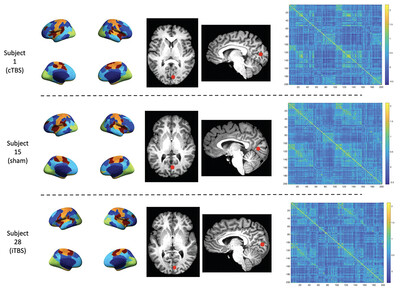
We investigated the short term (up to 1 hr) effects of continuous and intermittent theta burst stimulation (TBS) to primary visual cortex on resting state functional connectivity (FC) of focal visual networks and remote brain regions. Our findings suggest that a single session of TBS to V1 does not appear to produce significant short-term alterations in functional connectivity following stimulation.
Perceived changes in the mental well-being among Nigerians due to Ramadan Intermittent Fasting during the COVID-19 pandemic
- First Published: 14 April 2023
Electrocardiogram properties and risk of covert brain infarction and other magnetic resonance imaging abnormalities in a stroke-free population
- First Published: 16 April 2023
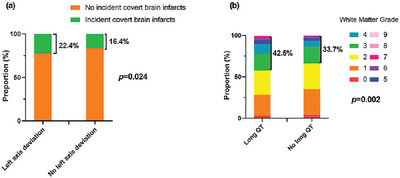
Our study found that electrocardiogram abnormalities were related to presence of covert brain infarcts (CBIs), white matter hyperintensity, and sulcal atrophy on MRI in a stroke-free elderly population. Specifically, those with left axis deviation had an increased risk of presence of CBIs.Our findings suggest a potential important pathophysiologic role of heart electrical activity in the burden of silent vascular brain injury.
Alteration in social interaction and tactile discrimination of juvenile autistic-like rats following tactile stimulation and whisker deprivation
- First Published: 16 April 2023
Investigating interindividual variability in corticomotor reorganization during sustained hamstring pain: A randomized experimental study
- First Published: 11 April 2023
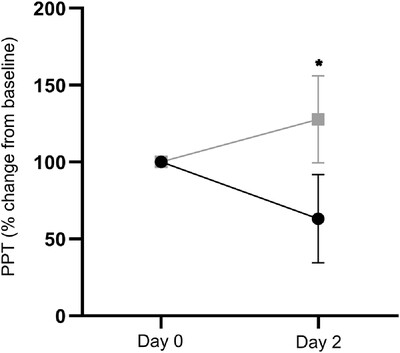
This was the first study to explore the variability of corticomotor responses to sustained lower limb pain. Corticomotor responses varied considerably between participants. Individuals responding with corticomotor facilitation experienced increased mechanical sensitivity compared to those responding with corticomotor depression. Our data raise the possibility that corticomotor facilitation in response to lower limb pain could indicate susceptibility to greater mechanical sensitivity and delayed return-to-play following injury.
Comparison of neurofilament light and heavy chain in spinal muscular atrophy and amyotrophic lateral sclerosis: A pilot study
- First Published: 17 April 2023
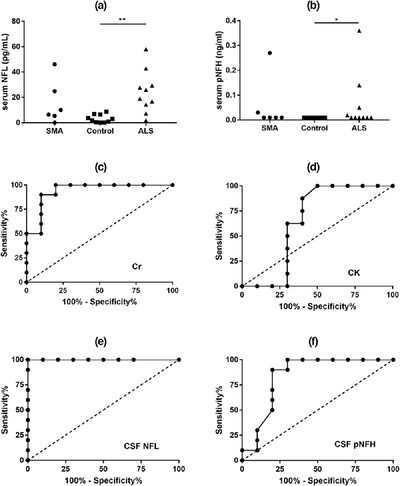
Spinal muscular atrophy (SMA) and amyotrophic lateral sclerosis (ALS) are two distinct motoneuron diseases with similar progressive symptoms and severe disability. Neurofilament light (NFL) and phosphorylated neurofilament heavy chain (pNFH) in cerebrospinal fluid might be useful biomarkers for differential diagnosis of SMA and ALS.
REVIEWS
Seeking safety intervention for comorbid post-traumatic stress and substance use disorder: A meta-analysis
- First Published: 10 April 2023

The purpose of this meta-analysis is to examine the effect of Seeking Safety (SS on PTSD and SUD across randomized control trials (RCTs) and examine the dos response. Findings suggest SS has merit in treating PTSD symptoms and substance use - SS appears more effective in reducing PTSD than substance use, which converges with the larger treatment outcome literature that consistently finds this. We explore reasons why treatment of SUD is more challenging than treating PTSD and offer suggestions for practitioners.
ORIGINAL ARTICLES
Recovery process of vertical perception and activities of daily living in stroke patients: A retrospective cohort study
- First Published: 11 April 2023
Recognizing schizophrenia using facial expressions based on convolutional neural network
- First Published: 16 April 2023
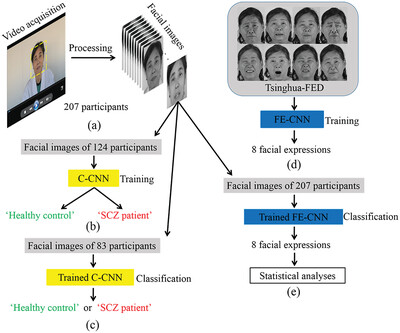
A deep learning approach is used to recognize the facial expressions of schizophrenia (SCZ) patients, which would be potentially applied to mobile devices for auto-recognizing SCZ in the context of clinical or/and daily life. Differences in facial expressions between healthy controls and SCZ patients using the second CNN were significant.
BRIEF REPORT
Anti-metabotropic glutamate receptor 5 encephalitis: Five case reports and literature review
- First Published: 14 April 2023




